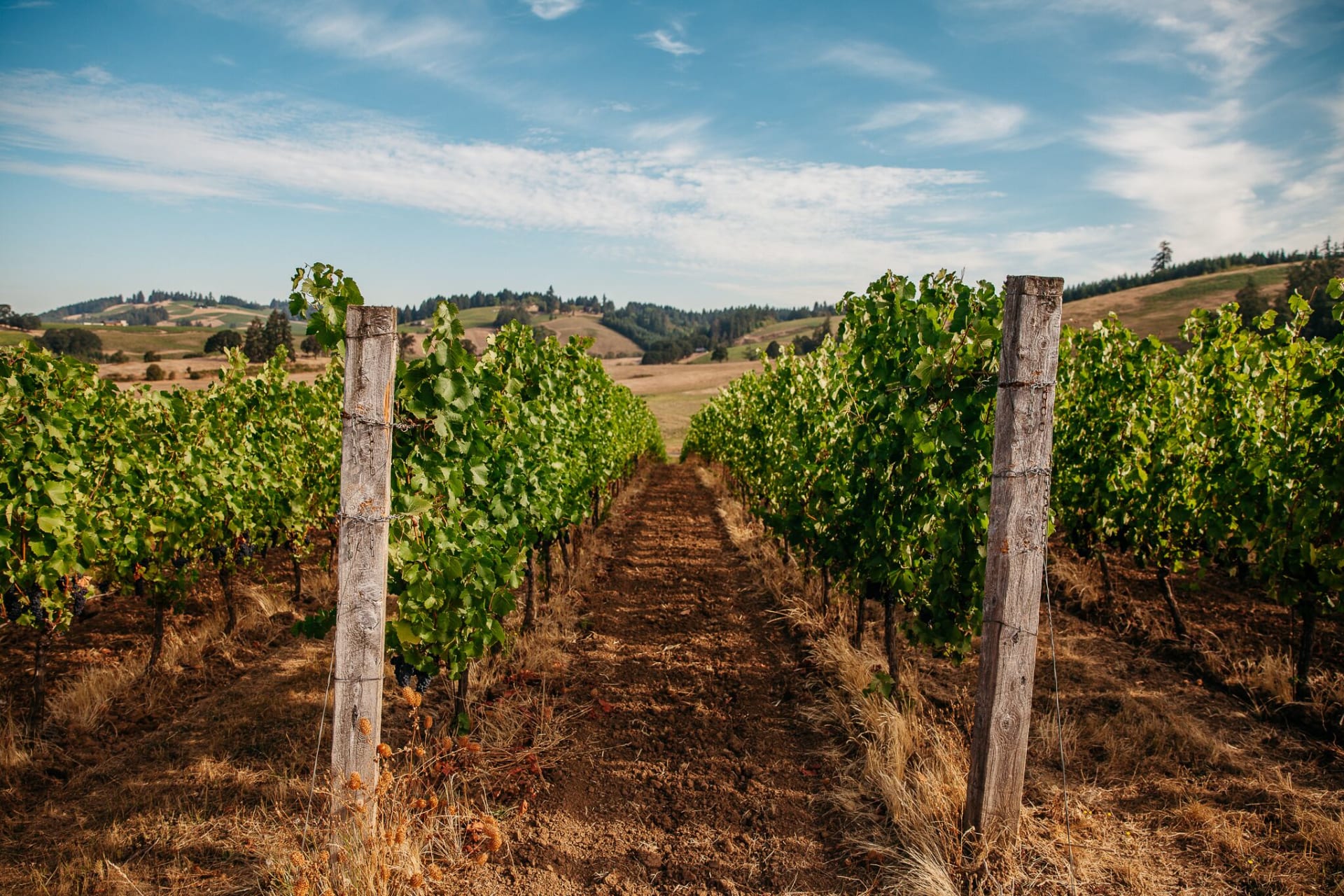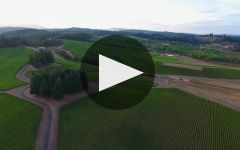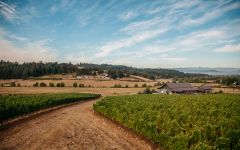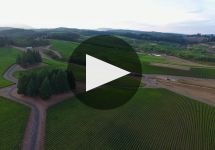Gran Moraine Yamhill-Carlton Pinot Noir 2021
-
James
Suckling -
Wine
Spectator -
Robert
Parker



Product Details
Your Rating
Somm Note
Winemaker Notes
Aromas of brambly black fruit, cranberry sauce, and blue raspberry Tootsie Rolls. On the palate, bright punchy red licorice, navel orange zest, and white coffee beans.
Professional Ratings
-
James Suckling
This is a delicious wine with a lot of character. Dark and red fruit with hints of crushed stone and toffee on the nose. Fresh and crisp fruit with a tangy character. Smooth tannins with a crisp finish. Vines are on sandy soils at 400 to 500 feet altitude.
-
Wine Spectator
Precise and elegantly generous, this red shows detailed flavors of cherry and raspberry laced with rose petal, black tea and stony mineral notes as it builds richness and tension toward refined tannins.
-
Robert Parker's Wine Advocate
The 2021 Pinot Noir Yamhill-Carlton is bursting with pomegranate and cranberry fruit, plus accents of potpourri, licorice and autumn leaves. The medium-bodied palate is silky and bright with concentrated, layered flavors and a long, spicy finish.
Other Vintages
2019-
James
Suckling -
Wine
Spectator -
Jeb
Dunnuck -
Robert
Parker
-
Wine
Spectator -
James
Suckling -
Robert
Parker
-
Wine
Spectator -
James
Suckling -
Robert
Parker
-
James
Suckling -
Robert
Parker
-
Wine
Spectator -
Robert
Parker
-
Wine
Spectator
-
Robert
Parker -
Wine &
Spirits -
Wine
Enthusiast







Oregon Wine Country, an extraordinary place sculpted by the floods of the last ice age, is a series of valleys much like Burgundy. The Yamhill Carlton AVA, located in the northern Willamette Valley, consists of ancient marine sedimentary-based soils, Mediterranean weather patterns and neatly combed benchlands. Gran Moraine embodies the confluence of these elements, creating a perfect setting to craft classic Burgundian varieties - Pinot Noir and Chardonnay.
Gran Moraine takes its name from cataclysmic floods that occurred in the northern Willamette Valley of Oregon during the last ice age. As the glaciers receded they released a torrent of water from the once giant Lake Missoula. These famous Missoula Floods traveled across the Columbia basin helping to carve out the Columbia Gorge.
The Willamette Valley became an extremely large temporary lake and was left with huge deposits of silt as well as giant boulders with origins in current British Columbia and Idaho. These are known by geologists as erratic rocks. These erratic rock outcroppings boldly manifest themselves throughout our vineyard. They were once part of the giant glacial dam’s moraine – what we refer to as the "Gran Moraine."

Thin-skinned, finicky and temperamental, Pinot Noir is also one of the most rewarding grapes to grow and remains a labor of love for some of the greatest vignerons in Burgundy. Fairly adaptable but highly reflective of the environment in which it is grown, Pinot Noir prefers a cool climate and requires low yields to achieve high quality. Outside of France, outstanding examples come from in Oregon, California and throughout specific locations in wine-producing world. Somm Secret—André Tchelistcheff, California’s most influential post-Prohibition winemaker decidedly stayed away from the grape, claiming “God made Cabernet. The Devil made Pinot Noir.”

Yamhill-Carlton, characterized by pastoral, rolling hills composed of shallow, quick-draining, ancient marine soil, is ideal for Pinot noir and other cool-climate-loving varieties. It is in the rain shadow of the Coast Range to its west, whose highest point climbs to an altitude of 3,500 feet. Yamhill-Carlton is actually surrounded by mountains on three sides: Chehalem Mountains to the north, the Dundee Hills to the east and the western Coast Range to its west, which, when it lets Pacific air through, serves to cool the region.
Vineyards grow on the ridges surrounding the two small communities of Yamhill and Carlton and cover about 1,200 acres of this 60,000 acre region, which roughly makes a horse-shoe shape on a map.
